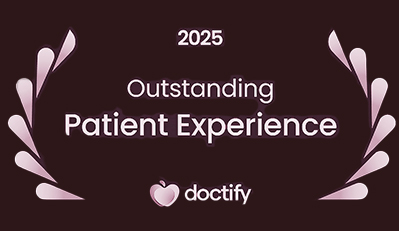
What is the downside of lens replacement surgery?
Lens replacement surgery can give you the freedom to see without glasses or contact lenses—but like any medical procedure, it’s not without risks.
So what are the downsides of lens replacement surgery?
In this blog, we’ll walk through what to consider before going ahead, including possible side effects, limitations, and who might not be a good candidate.
What is lens replacement surgery?
Lens replacement—also called refractive lens exchange (RLE)—involves removing the eye’s natural lens and replacing it with an artificial intraocular lens (IOL).
It’s commonly used for:
- People over 45 who need reading glasses or varifocals
- People with early cataracts
- People with strong prescriptions or astigmatism
- Those not suitable for laser vision correction
The procedure is permanent and also prevents cataracts later in life.
So, what are the downsides?
Let’s take a closer look at the potential drawbacks.
1. It’s more invasive than laser surgery
Laser eye surgery reshapes the cornea. Lens replacement goes deeper—into the eye itself.
Although it's a very safe and routine procedure, it is more invasive and carries a slightly higher risk of complications compared to LASIK or LASEK.
2. It carries small risks, like all surgeries
Complications are rare, but possible:
- Infection or inflammation
- Lens dislocation
- Retinal detachment (more common in highly short-sighted people)
- Posterior capsule opacification (a cloudy layer that can form months later—easily treated with laser)
Our team takes great care to minimise these risks, and we use state-of-the-art imaging and planning tools to ensure the safest outcome.
3. You may still need glasses for some tasks
While many people achieve freedom from glasses, some still need them occasionally, especially for very fine print or night driving.
This depends on:
- The lens type you choose
- Your eye health
- Your visual expectations
We’ll guide you through your options to help you choose a lens that suits your lifestyle.
4. Visual side effects are possible
Some people notice:
- Halos or glare, especially at night
- Reduced contrast in low light
These effects are more common with multifocal or trifocal lenses. Most people adapt over time, but it’s important to know about them before surgery.
5. It costs more than laser surgery
Lens replacement is a bigger investment. Prices typically range from £3,000 to £5,000 per eye, depending on your chosen lens.
However, it also prevents the need for future cataract surgery—and may save you money on glasses, contacts, and future procedures.
6. Not everyone is suitable
You may not be a candidate for lens replacement if you:
- Are under 40
- Have certain eye conditions like advanced glaucoma or macular degeneration
- Have very dry eyes or unstable vision
- Are pregnant or breastfeeding
That’s why a thorough consultation is essential.
7. Recovery takes time
You’ll usually feel fine within a day or two, but complete healing can take several weeks.
During this time, you’ll need to:
- Use prescribed eye drops
- Avoid strenuous activity
- Protect your eye while it heals
Weighing the pros and cons
Pros:
- Long-term vision correction
- No more cataracts
- Reduced reliance on glasses
Cons:
- Invasive
- Higher upfront cost
- Possibility of side effects
Is it still worth it?
For many people, yes.
If you’re over 45 and want to reduce or eliminate glasses, avoid future cataracts, and enjoy greater visual freedom, lens replacement can be life-changing.
But it’s not for everyone—and that’s okay.
Take our quick self-test to see if lens replacement is right for you.
Find out if you are suitable for vision correction
Not everyone is eligible for vision correction surgery.
Find out if you could benefit from this life changing surgery by taking the quick self-suitability quiz below:




